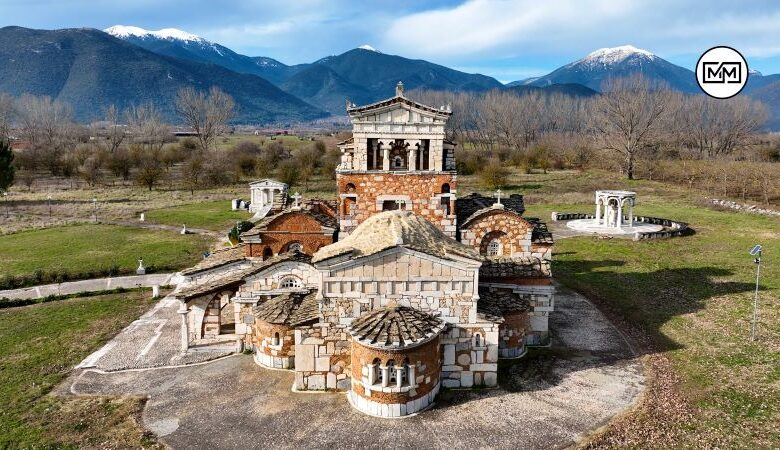The construction of the Parthenon was not only a triumph of art and architecture but also one of the most organized mass labor efforts of the ancient world.
Dedicated to the goddess Athena, the Parthenon stands as one of the most iconic monuments of antiquity. Built on the highest point of the Acropolis in Athens, the temple symbolizes the pinnacle of classical architecture and the spirit of Athenian democracy. Construction began in 447 BCE and was largely completed by 438 BCE, though work on the sculptural decoration continued until 432 BCE. Given the temple’s size and intricate detail, a natural question arises: how many people did it take to complete such an ambitious project in just fifteen years?
A Monumental Workforce
The building of the Parthenon required an immense and meticulously coordinated effort. While ancient records don’t preserve exact numbers, modern historians—drawing from historical texts, financial accounts from the time, and archaeological evidence—estimate that more than 4,000 individuals contributed to the project. Some estimates even suggest up to 5,000 or 6,000 people were involved over the course of its construction.
This massive workforce included skilled artisans such as marble masons, woodworkers, and sculptors, as well as support personnel who handled everything from material transport to construction logistics.
The Minds Behind the Masterpiece
The project was overseen by a trio of the era’s most renowned minds in art and engineering: architects Ictinos and Callicrates, and the legendary sculptor Phidias, who supervised all artistic aspects of the Parthenon. Under Phidias’s direction, an army of sculptors crafted the elaborate pediments, metopes, and frieze. One of the crowning achievements was the colossal chryselephantine (gold and ivory) statue of Athena Parthenos inside the temple, which demanded a highly skilled team to work with delicate and precious materials.
A Cross-Section of Athenian Society
The Parthenon wasn’t built by Athenians alone. The workforce also included metics—resident foreigners without political rights—as well as enslaved individuals who often performed the most grueling labor. During the age of Pericles, Athens had the financial means to support such an ambitious project, largely thanks to the treasury of the Delian League. The city was able to fund thousands of workers, providing regular wages, food, and housing.
The construction of the Parthenon served as a vast public works program, supporting the city’s economy while also showcasing Athenian wealth and power.
An Ancient Feat of Project Management
Managing such a large-scale endeavor without the aid of modern machinery or technology was nothing short of a logistical and technological marvel. From transporting and lifting massive marble blocks to coordinating multiple teams and ensuring both timelines and quality were met, every aspect was accomplished through manual labor and sheer human ingenuity.
The Parthenon remains not just a symbol of artistic brilliance, but also a testament to ancient organizational skill and the collective effort of a society at its height.









